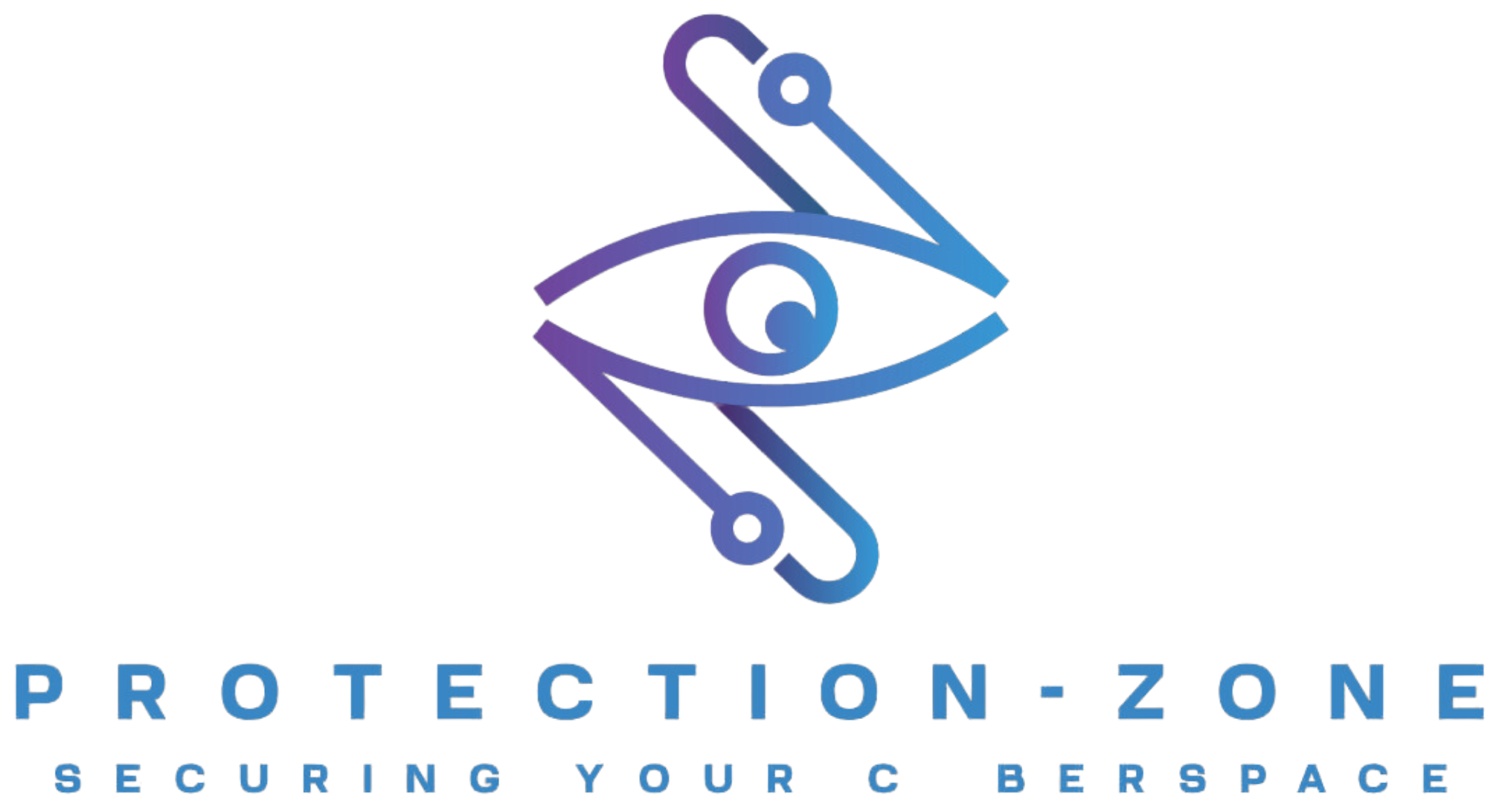Cybersecurity Risks for Small and Medium Enterprises (SMEs)
Cybersecurity Risks for Small and Medium Enterprises (SMEs)
In today's digital age, cybersecurity is a critical concern for businesses of all sizes. However, small and medium-sized enterprises (SMEs) often face unique challenges and risks that can leave them particularly vulnerable to cyberattacks. Despite their size, SMEs are not immune to the threats that target larger organizations. Understanding these risks and taking proactive measures to mitigate them is essential for the survival and growth of any SME.
1. Phishing Attacks
Phishing attacks remain one of the most prevalent and effective cyber threats. SMEs are often targeted because they may lack robust security protocols. Cybercriminals use deceptive emails, messages, or websites to trick employees into providing sensitive information or clicking on malicious links. Training employees to recognize and report phishing attempts is crucial to reducing this risk.
2. Ransomware
Ransomware is a type of malware that encrypts a victim's data and demands payment for its release. SMEs can be attractive targets for ransomware attacks because they might be more willing to pay the ransom to quickly regain access to their data. Implementing regular data backups and maintaining updated security software can help protect against ransomware.
3. Weak Passwords and Authentication
Many SMEs rely on simple or default passwords, making it easier for attackers to gain unauthorized access to their systems. Encouraging the use of strong, unique passwords and implementing multi-factor authentication (MFA) can significantly enhance security and reduce the risk of unauthorized access.
4. Insider Threats
Insider threats, whether malicious or accidental, pose a significant risk to SMEs. Employees, contractors, or partners with access to sensitive information can inadvertently or deliberately compromise security. Establishing clear access controls, monitoring user activities, and promoting a culture of security awareness are essential steps in mitigating insider threats.
5. Unpatched Software and Systems
Outdated software and systems with known vulnerabilities are prime targets for cyberattacks. SMEs may struggle to keep up with regular updates and patches due to limited resources. Automating updates and patch management can help ensure that systems remain secure and less susceptible to exploitation.
6. Third-Party Risks
SMEs often rely on third-party vendors and service providers for various aspects of their operations. However, these third parties can introduce additional cybersecurity risks if they have weak security measures. Conducting thorough due diligence and monitoring third-party security practices is vital to safeguarding against potential threats.
7. Limited IT Resources
Many SMEs have limited budgets and IT resources, which can result in inadequate cybersecurity measures. Investing in cybersecurity doesn't always require substantial financial resources. Free or low-cost security tools, employee training, and outsourcing to cybersecurity experts can provide effective protection without breaking the bank.
8. Mobile Device Security
As remote work and mobile device usage increase, ensuring the security of mobile devices becomes critical. SMEs should implement mobile device management (MDM) solutions, enforce strong security policies, and educate employees about secure mobile device usage to mitigate risks associated with mobile devices.
Conclusion
While SMEs face unique cybersecurity challenges, they can take proactive steps to protect themselves from cyber threats. By implementing robust security practices, investing in employee training, and staying informed about emerging threats, SMEs can build a strong defense against cyberattacks and ensure their continued success in the digital landscape.

